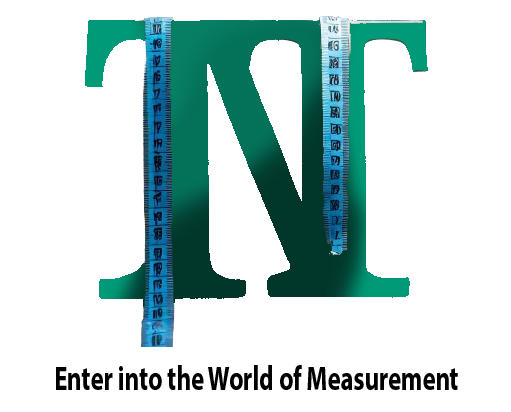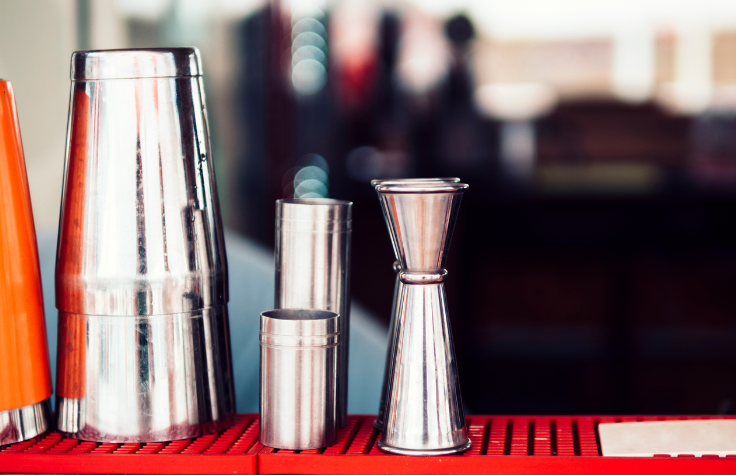How to Measure Hand Size (With Glove Size Chart & More)
Have you ever bought gloves only to realize they’re too tight or loose? Or tried to pick up a hobby like guitar, only to feel like your hands didn’t quite fit? That’s where measuring your hand size becomes useful. Whether you’re shopping for gloves, playing sports, or choosing ergonomic tools, knowing your exact hand measurements makes a big difference.
In this guide, we’ll show you how to measure hand size the right way. We’ll also talk about the average hand size, glove sizing, and how to use a glove size chart to find your perfect fit.
Why Hand Size Matters
Knowing your hand size helps with more than just buying gloves. Here are a few practical reasons why it’s important:
- Better glove fit – snug gloves improve comfort and dexterity.
- Improved grip in sports – great for weightlifting, tennis, or baseball.
- Instrument selection – musicians need the right size for performance and comfort.
- Ergonomics – keyboards, mice, and tools can be chosen based on hand measurements.
- Health tracking – therapists use hand size to monitor recovery or growth.
Tools You’ll Need
Before we dive into measuring, gather these simple tools:
- A ruler or measuring tape
- A flexible tape measure (like the ones used in sewing)
- A pen and paper or notes app to record results
1. Measuring Hand Length
What it is: The distance from the tip of your middle finger to the bottom of your palm.
Steps:
- Lay your hand flat on a table, palm up.
- Use the ruler to measure from the tip of your middle finger to the crease at your wrist.
- Write down the number in inches or centimeters.
Example: If it reads 6.8 inches, that’s your hand length.
2. Measuring Hand Circumference
What it is: The distance around the widest part of your hand, excluding the thumb.
Steps:
- Open your hand, palm up.
- Wrap the flexible tape around your palm, just below your knuckles.
- Make sure the tape is snug but not too tight.
- Note the number where the tape overlaps.
Example: A reading of 8 inches means your hand circumference is 8 inches.
3. Measuring Finger Length
Some gloves and rings require individual finger sizes.
Steps:
- Extend one finger at a time.
- Measure from the tip to the base where the finger meets the palm.
- Repeat for each finger.
Example: Your index finger might be 3 inches, while your pinky is 2.4 inches.
4. Measuring Hand Span
This one is helpful for musicians or artists.
Steps:
- Spread your fingers wide.
- Measure from the tip of your thumb to the tip of your pinky.
- Record the distance.
Example: A hand span of 9.5 inches is quite common for adult males.
5. Measuring Thumb Length
Thumbs vary widely and can affect grip.
Steps:
- Extend your thumb out straight.
- Measure from the tip to the base crease.
- Write it down.
Tips for More Accurate Measurements
- Measure both hands. One hand (usually your dominant) might be larger.
- Take multiple measurements and average them out.
- Don’t stretch your hand too far. Keep it relaxed.
- Measure in the afternoon when hands are slightly swollen for accuracy.
- If you have long nails, factor that into finger measurements.
Understanding Glove Sizes
Now that you have your measurements, let’s figure out your glove size. There are two common methods:
Method 1: By Hand Circumference
This is the most popular way.
Chart (Men’s Glove Sizes by Circumference):
| Circumference (inches) | Glove Size |
|---|---|
| 6 – 6.5 | XS |
| 7 – 7.5 | S |
| 8 – 8.5 | M |
| 9 – 9.5 | L |
| 10 – 10.5 | XL |
Example: If your hand measures 8.5 inches around, you’ll wear a Medium.
Method 2: By Hand Length
If the glove brand uses length, follow this guide.
| Length (inches) | Glove Size |
|---|---|
| 6.5 – 7 | S |
| 7 – 7.5 | M |
| 7.5 – 8.5 | L |
| 8.5 – 9.5 | XL |
How to Measure Glove Size Properly
You now know your hand measurements, but let’s apply them directly to gloves.
Steps:
- Use your hand circumference for most gloves.
- For sports or tight-fitting gloves, add your hand length for extra accuracy.
- Check the glove size chart on the brand’s website – sizes vary between brands.
- Consider the material: leather stretches over time, while synthetics may not.
Pro Tip: Try gloves on if possible, especially for professional use or sports.
What Is the Average Hand Size?
Wondering how your hands compare? Let’s look at the averages:
| Gender | Hand Length | Hand Circumference |
|---|---|---|
| Male | 7.6 in | 8.6 in |
| Female | 6.8 in | 7.0 in |
These are just averages – everyone is different. Kids and teens usually have smaller hands, and hand size can also vary by occupation or lifestyle.
Who Needs to Measure Hand Size?
Many people benefit from knowing their hand dimensions:
- Athletes – for gloves, grips, and handles.
- Musicians – especially pianists, guitarists, and drummers.
- Crafters and artists – for tool selection and grip.
- Health professionals – to track injury recovery or growth.
- Online shoppers – avoid buying gloves that don’t fit.
Extra Tips for a Perfect Glove Fit
- If you’re between sizes, go up for comfort or down for a snug fit.
- Winter gloves may need extra room for warmth.
- Use glove liners for a better fit in larger gloves.
- For touchscreen gloves, sizing is more sensitive – exact fit is key.
Conclusion
Knowing how to measure hand size is more than just useful—it’s empowering. It helps you choose gloves that actually fit, boosts your performance in sports and music, and even makes daily tasks more comfortable.
With just a measuring tape and a few minutes, you can take control of how things fit your hands. Don’t guess next time—measure. And keep those results handy next time you check a glove size chart or need to know how to measure glove size for any reason.
Understanding your hand’s dimensions is one of those small things that makes a big difference.







